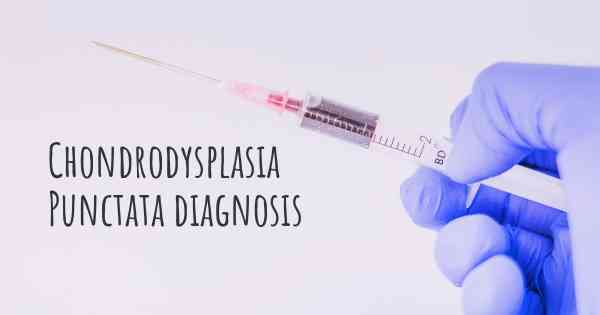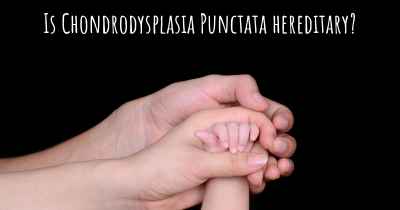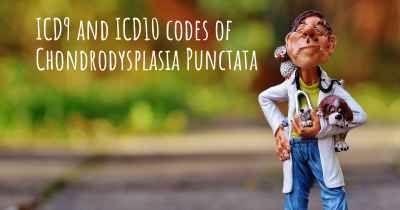How is Chondrodysplasia Punctata diagnosed?
See how Chondrodysplasia Punctata is diagnosed. Which specialists are essential to meet, what tests are needed and other useful information for the diagnosis of Chondrodysplasia Punctata

Chondrodysplasia punctata is a rare genetic disorder characterized by abnormal development of cartilage and skeletal abnormalities. It can affect various parts of the body, including the bones, eyes, skin, and respiratory system. Diagnosing chondrodysplasia punctata involves a combination of clinical evaluation, imaging studies, and genetic testing.
Clinical Evaluation
The first step in diagnosing chondrodysplasia punctata is a thorough clinical evaluation by a healthcare professional. The doctor will review the patient's medical history, including any symptoms or developmental delays. They will also perform a physical examination to assess for characteristic features of the disorder.
Characteristic features of chondrodysplasia punctata may include:
- Short stature
- Abnormal facial features
- Joint contractures
- Skeletal abnormalities
- Cataracts or other eye abnormalities
- Skin changes, such as ichthyosis (thickened, scaly skin)
- Respiratory difficulties
Imaging Studies
Imaging studies play a crucial role in the diagnosis of chondrodysplasia punctata. X-rays, ultrasound, and magnetic resonance imaging (MRI) can provide detailed images of the bones and other affected areas.
X-rays are commonly used to evaluate skeletal abnormalities associated with chondrodysplasia punctata. They can reveal characteristic findings such as punctate calcifications (small calcium deposits) in the cartilage, abnormal bone shape, or shortened long bones.
Ultrasound may be used to assess prenatal cases of chondrodysplasia punctata. It can detect skeletal abnormalities and other features indicative of the disorder.
MRI is a more advanced imaging technique that can provide detailed images of the bones, brain, and other affected organs. It can help identify specific abnormalities associated with chondrodysplasia punctata.
Genetic Testing
Genetic testing is the definitive method for diagnosing chondrodysplasia punctata. It involves analyzing the patient's DNA to identify specific genetic mutations or abnormalities associated with the disorder.
There are two main types of genetic testing that can be used:
- Targeted mutation analysis: This type of testing focuses on known genetic mutations associated with chondrodysplasia punctata. It is typically performed when a specific mutation is suspected based on clinical findings or family history.
- Next-generation sequencing (NGS): NGS is a more comprehensive approach that can analyze multiple genes simultaneously. It is particularly useful when the specific genetic mutation is unknown or when there is a suspicion of a rare or novel mutation.
Genetic testing can be performed on a blood sample or other tissue samples, depending on the specific laboratory's protocols. The samples are sent to a specialized genetic testing laboratory, where the DNA is extracted and analyzed.
It is important to note that genetic testing may not be available or necessary in all cases. In some instances, the clinical evaluation and imaging studies may provide enough evidence to diagnose chondrodysplasia punctata without genetic testing.
Conclusion
Diagnosing chondrodysplasia punctata involves a combination of clinical evaluation, imaging studies, and genetic testing. A healthcare professional will assess the patient's medical history, perform a physical examination, and look for characteristic features of the disorder. Imaging studies, such as X-rays, ultrasound, and MRI, can provide detailed images of the bones and other affected areas. Genetic testing, including targeted mutation analysis and next-generation sequencing, can identify specific genetic mutations or abnormalities associated with chondrodysplasia punctata. However, genetic testing may not always be necessary or available, and a diagnosis can sometimes be made based on clinical and imaging findings alone.








